The Indian Dairy Industry has made rapid progress since Independence. A Large number of modern milk plants and product factories have since been established. These organized dairies have been successfully engaged in the routine commercial production of pasteurized milk and various western and Indian dairy products. Most of the supervisory and technical personnel in these dairies have had their education in this country, although a few have been trained abroad as well. The author is interested in sharing his knowledge of chemical and microbiological analysis of milk & Products with many much persons i.e. consumers, producers, graduate and post-graduate students of food technology, microbiology, dairy technology, doctors, and research scholars in the interest of our business and for the safety of our consumers. It is essential to make awareness regarding food safety standards. The term quality covers physical, chemical, microbiological and safety aspects of a product. A poor quality food product will have poor market value, short shelf life and could also be a health hazard to consumers. In most of the developed countries, the media, the consumers and the regulatory bodies have forced the producers and the suppliers to comply with the prescribed food safety standards. Whereas in India, while there are reasonably good rules, observations of these rules and the implementation of quality control measure are usually inadequate, due to many reasons. Public awareness regarding quality is poor and regulations on quality are rarely followed. In the interest of our business and for the safety of our consumers, it is essential to maintain the appropriate quality of milk and milk products. As a member of the World Trade Organizations, it has become obligatory for India to apply sanitary and phytosanitary measures while producing and marketing milk and milk products and abide by the guidelines prescribed by the Codex Alimentations Commission. This is necessary if we want to participate in the recommends governments all over the world to adopt the standards set up by the farmer members. The United Nations Point for consumer protection, with regard to food laws and by adopting internationally agreed standards, global commerce improves and the trade barriers diminish gradually. Through harmonization free movement of goods amongst the countries is achieved to the benefit of the farmers and the subsequent reduction of hunger and poverty. Several international firms have started importing milk to India and have even set up their plants here. We cannot prevent them from doing so, because of the WTO Agreement. In order to safeguard the existing market and expand the business of the co-operative dairy sector, it is essential to produce superior quality products hat are safe for consumers. In order to fulfil the information appropriate to producers, to producers, consumers and milk processors, the book has been prepared. I shall welcome the comments and criticism from readers to further improve the book. There are 41 chapters and by reading this book, I Hope the reader, besides basic concepts, will also gain an overview of the current status of many diverse and interesting aspects of chemical and microbiological analysis of milk and milk products.
Chemical & Microbiological Analysis of Milk & Milk Products
In stock
Free & Quick Delivery Worldwide
reviews
Bibliographic information
Title
Chemical & Microbiological Analysis of Milk & Milk Products
Author
Edition
1st ed.
Publisher
ISBN
8181891015, 9798181891012
Length
xxxii+285p., Tables; References; Index; 25cm.
Subjects

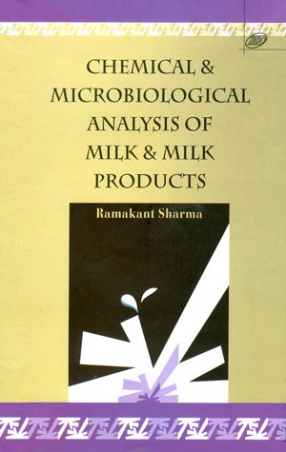
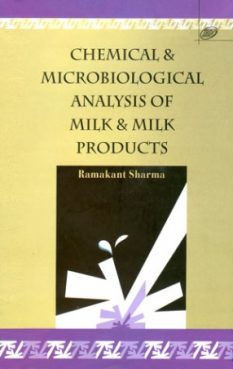

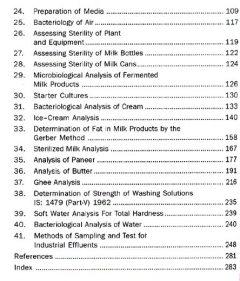
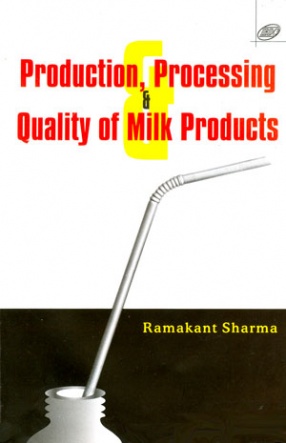
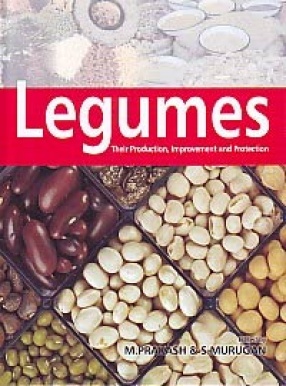

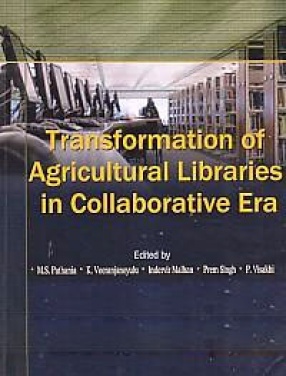
There are no reviews yet.